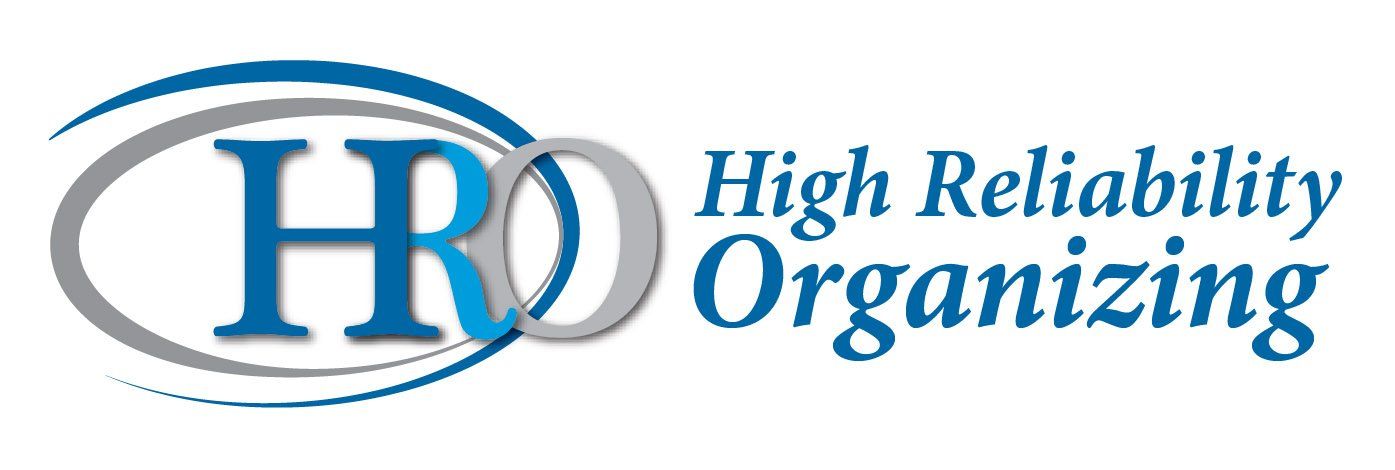Models of HRO
Click on the names below to view an HRO Model.
Roberts & Libuser/Organizational Psychology
The High Reliability Organization
Roberts, an organizational psychology (the study of the relation between employee and organization), came to HRO studies from Organizational Behavior research in communication within the organization. Her early work studied the structure of the organization, how people perform within the organization, and how this influences the organization’s response to the environment. HROs, then, are those organizations that avoid catastrophes or enjoy a high safety record over long periods of time despite operating in a hazardous environment. This is achieved through the structure of the organization.
HROs have three things in common (Roberts, 2001):
1) They aggressively seek to know what they don’t know;
2) Design their reward and incentive systems to recognize costs of failures as well as benefits of reliability;
3) Consistency communicate the big picture of what the organization seeks to do, and try to get everyone to communicate with each other about how they fit in the big picture
Working with Carolyn Libuser (1995), a graduate student and employee of an American bank, they identified five characteristics of an HRO:
1) Process auditing – The organization constantly evaluates itself for unexpected problems that can lead to safety faults much like continuous quality management systems that evaluate for threats to quality. The HRO system easily overlaps into quality as both safety faults and quality defects result from error, it is basically whether error affects a person, product, or process. Process auditing permits HROs to identify weaknesses in their systems.
2) Vigilance for quality degradation – Performance can drift over time, particularly during a protracted period of successes, and a HRO’s quality may degrade or become inferior. Also, growth in performance can become level if the organization uses only itself as the quality and safety referent. An HRO compares itself to a referent system, generally in the same field initially. With time and the development of expertise a successful organization may compare itself to other, and quite different, HROs.
3) Reward systems – This is the payoff that an individual or an organization gets for behaving one way or another. In the HRO we are concerned with risky behavior but, while straightforward, reward systems can become nuanced and produce unexpected results. Requiring a full and documented response to an event may lead to the team’s focus on paper keeping and engage in “euboxia,” a mindset identified by van Stralen in the early 1990s as “all the boxes are filled out so we are OK.” The reward system that exists inter-organizationally also influences the behavior of organizations.
4) Perception of Risk – Risk must be recognized and perceived in order to be acted upon. HROs recognize that the hidden, latent, or missed risk may be most dangerous and that the most dangerous risks may be the most attractive. Risk, then, must not only be acknowledged but must be acted upon.
5) Command and Control – A concept adapted from the military was outlined by Roberts (1988, 1989, and 1992) as separate factors below but which we are combining here. This refers to the ability of an organization to both lead and command staff and maintain control during a crisis or to begin the control of the environment during a crisis.
Migration Decision Making, the person with the most expertise makes the decision
Redundancy (people and/or hardware), i.e., backup systems exist
Senior Managers who can see the “big picture”, i.e., they don’t micromanage
Formal rules and procedures, standardization where proper, a definite existence of hierarchy but not necessarily bureaucracy in the negative sense
Authority Gradient, in the positive sense there is a deference to the one responsible for performance during the events with a reduction of authority gradient in the negative sense (when an individual cannot bring important information to the leader because of the difference in levels of authority) [this addition is from van Stralen after his experience moving from Fire EMS to health care].
Roberts KH, Bea R. 2011 Must accidents happen? Lessons from high-reliability organizations. Academy of Management Executive 15(3):70-79.
Part 1 Introduction & Literature Review
Part 2 Case Reports & Model
Part 3 Results
Part 4 Summary
Part 5 Methods & Material

